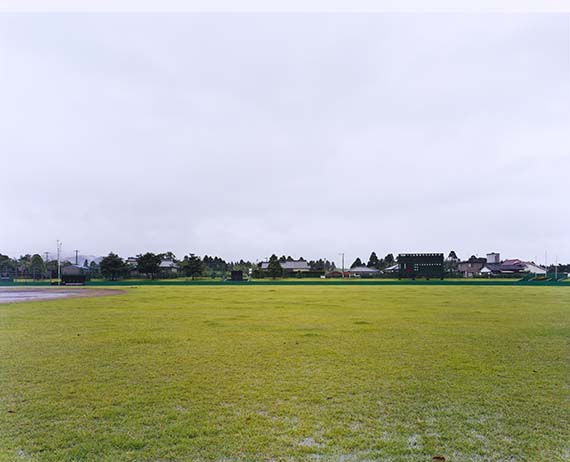
This is an interesting image of an unremarkable thing, at least at first glance. Ostensibly, the work depicts the edge of a suburban sports ground in what appears to be the wet season. In the foreground, puddles gather among stems of verdant grass as clouds hover overhead, still pregnant with unspent precipitation. The image itself is carefully composed in the standard landscape format, with sky and ground forming planes of colour — pale grey and deep green — divided horizontally by an exquisitely detailed line of neat houses on the edge of the park, the ground’s function marked in the centre right by a scoreboard. If not for the characters counting out baseball innings and kawara tiles on the large, sloping, deep-eved roofs of the homes, marking this location as being in Japan, this scene could be have been produced on the fringes of virtually any city in the developed world.
With its highly formal construction and the trace of rain that haunts it, this beautiful image conveys both stillness and tension. A look at the photograph’s title, however, throws these aspects into deeper relief: ‘Baseball Ground’, it announces, before continuing more forensically: ‘Formerly a Kamikaze base until the end of the Second World War, Chiran’.
Chiran, now part of the municipality of Minamikyushu on the Japanese archipelago’s southern tip, is one of the more storied bases from which young pilots departed for ‘special attack’ sorties in the last, desperate days of World War Two. It was there that a group of high school girls were photographed on 12 April 1945 farewelling 23-year-old Second Lieutenant Toshio Anazawa as he took off in a Mitsubishi Zero carrying 250 kilograms of explosives, which he would pilot into a US destroyer off Okinawa shortly after. That image was widely circulated as propaganda to encourage other young men to emulate Anazawa’s heroic self-sacrifice, and the tragic narrative associated with it became deeply embedded in the Japanese consciousness, as testified by Koji Seo’s celebrated manga Love Letter of 2007.
Baseball Ground . . . 2000 is one of three photographs that have recently been acquired by the Gallery from Tomoko Yoneda’s ongoing ‘Scene’ series (the others being Path – Path to the cliff where Japanese committed suicide after the American landings, Saipan 2003 and Railway Track – Overlooking the location where the Japanese army fabricated a bombing to create a reason to invade Manchuria, Shenyang, China 2007). Arguably the most representative body of work by this leading photographer, ‘Scene’ consists of large-format, colour landscape images depicting sites of events of world-historical significance in their current state, whose unassuming character often belies disturbing histories. The locations chosen are remarkable for being unremarkable — for various reasons (political sensitivities, deliberate obfuscation or simply the desire to forget), they are unadorned by the physical monuments and memorials that often characterise places of such importance.
It is possible to consider Tomoko Yoneda’s practice as a process of monumentalising, of creating memorials by giving abstract historical moments a visible, comprehensible topography. To a certain degree, the photographs in ‘Scene’ also interact with the images produced by conflict — from propaganda to reportage — highlighting their capacity to mediate the popular experience of history. At the same time, the series proposes a deeper scarification of place, where horror is deepened by the banality of its vestiges. Awful things, they suggest, can happen anywhere.
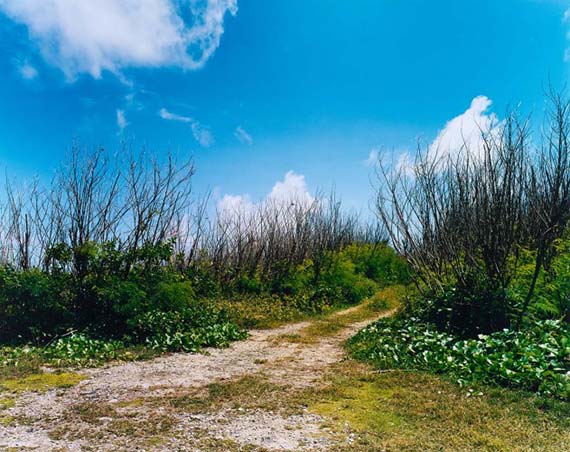
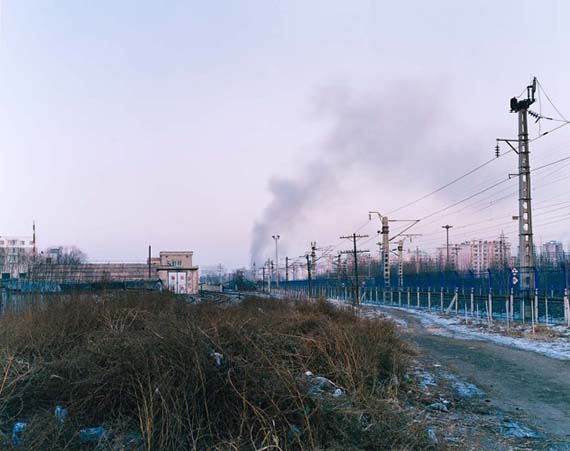
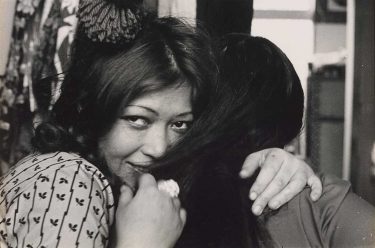
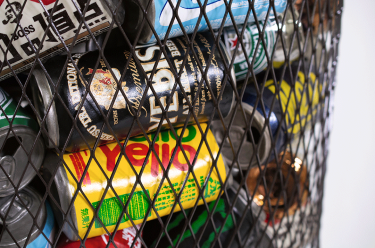
These seem more to be unremarkable pictures of historically interesting spaces unpin any number of glances. How does your description of the standing rainwater fit into the story? Effect or is it utilized to investigate the story? The cloud cover? The big picture is clouded by the little vision.
Was it the Japanese who jumped to their deaths? or the Okinawans who were forced to Jump?
Please qualify HOW these are interesting pictures? I don’t buy these in the least because they are simply exploiting the locations, but not questioning much of anything, and are seen like any beginner with a large format camera can do. See Naoya Hatakeyama on photography for a more interesting and better woven account of location.
Seriously can you explain HOW these are Good or interesting pictures?
Hi Jeffrey. The Curator, Contemporary Asian Art will direct message you. Regards QAGOMA